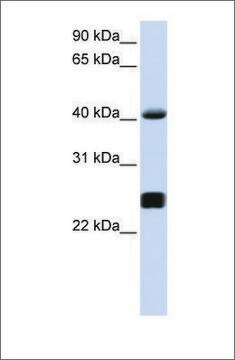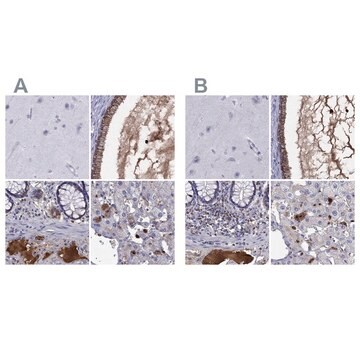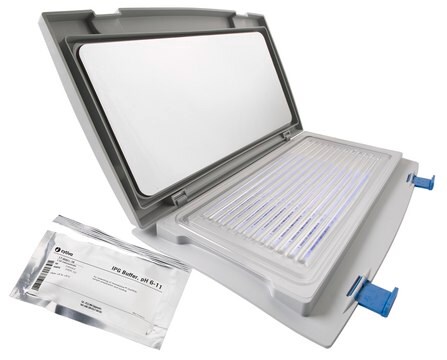Descripción general
Serine protease inhibitor A3N (UniProt: Q91WP6; also known as Serpin A3N) is encoded by the Serpina3n (also known as Spi2) gene (Gene ID: 20716) in murine species. SerpinA3N is a secreted protein of the serpin family. Serpins bind and inhibit specific serine proteases and several serine proteases are reported to be substrates for SerpinA3N in vitro. It is synthesized with a signal peptide of 20 amino acids that is cleaved to generate the mature protein. SerpinA3N is expressed at high levels in brain, heart, liver, lung, spleen, testis, and thymus. However, its expression is low in kidney, skeletal muscle, and bone marrow. Serpin A3N expression can also be induced by bacterial lipopolysaccharides. The reactive center loop (RCL) of as SerpinA3N extends out from the body of the protein and directs binding to the target protease. The protease cleaves the serpin at the reactive site within the RCL, establishing a covalent linkage between the serpin reactive site and the protease. The resulting inactive serpin-protease complex is highly stable. SerpinA3N is shown to be up-regulated in the dorsal root ganglia after nerve injury and mice lacking SerpinA3N are reported to develop more neuropathic mechanical allodynia than wild-type (WT) mice. SerpinA3N is also shown to attenuate activated T cell-mediated neuronal death and reduce the severity of disease in experimental autoimmune encephalomyelitis (EAE). (Ref.: Vicuna, L et al. (2015) Nat. Med. 21(5):518-23).
Especificidad
Clone 13H5 specifically targets murine Serpina3n. It is predicted to react with both pro- and mature forms of Serpina3n. This clone targets a sequence within 24 amino acids from the C-terminal region.
Inmunógeno
KLH-conjugated linear peptide corresponding to 24 amino acids from the C-terminal region of murine Serpina3n.
Aplicación
Detect Serpina3n using this armenian hamster monoclonal Anti-Serpina3n Antibody, clone 13H5, Cat. No. MABC1182. It has been tested for use in Immunofluorescence and Western Blotting.
Immunofluorescence Analysis: A representative lot detected increased Serpin A3N/Serpina3n immunoreactivity in late metastasis stage lung tissue by fluorescent immunohistochemistry staining of paraformaldehyde-fixed frozen lung sections in a study employing the murine MMTV-PyMT breast-to-lung metastasis model (Sevenich, L., et al. (2014). Nat. Cell Biol. 16(9):876-888).
Research Category
Apoptosis & Cancer
Calidad
Evaluated by Western Blotting in mouse brain tissue lysate.
Western Blotting Analysis: 0.5 µg/mL of this antibody detected Serpina3n in 10 µg of mouse brain tissue lysate.
Descripción de destino
~46 kDa observed; 46.72 kDa calculated. Uncharacterized bands may be observed in some lysate(s).
Forma física
Format: Purified
Protein G purified
Purified armenian hamster monoclonal antibody in buffer containing 0.1 M Tris-Glycine (pH 7.4), 150 mM NaCl with 0.05% sodium azide.
Almacenamiento y estabilidad
Stable for 1 year at 2-8°C from date of receipt.
Otras notas
Concentration: Please refer to lot specific datasheet.
Cláusula de descargo de responsabilidad
Unless otherwise stated in our catalog or other company documentation accompanying the product(s), our products are intended for research use only and are not to be used for any other purpose, which includes but is not limited to, unauthorized commercial uses, in vitro diagnostic uses, ex vivo or in vivo therapeutic uses or any type of consumption or application to humans or animals.









